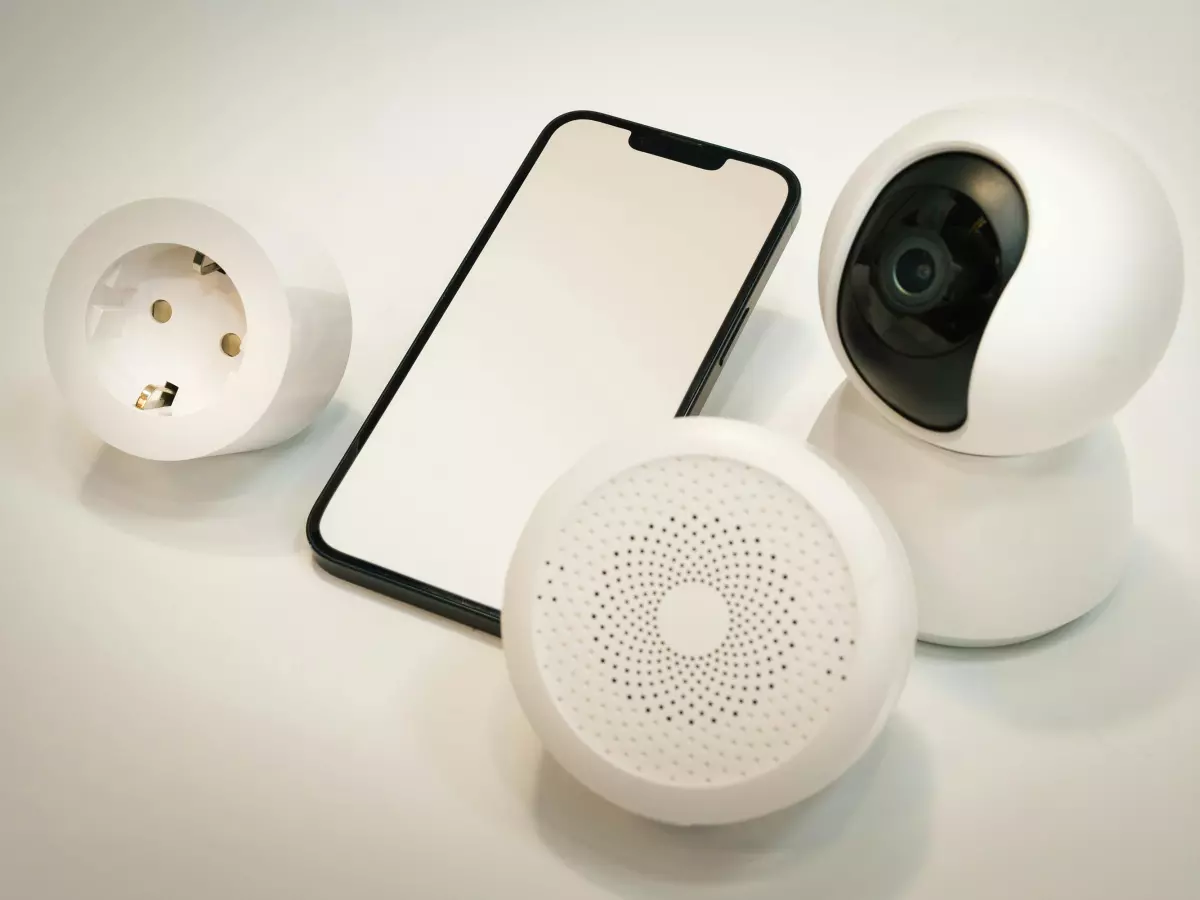Wi-Fi 6 vs. Zigbee
Think Wi-Fi 6 is the ultimate smart home solution? Think again. Zigbee might just be the underdog you didn’t see coming.

By Jason Patel
When it comes to smart home connectivity, most people assume Wi-Fi is the be-all and end-all. After all, it’s what we use for everything from streaming Netflix to doom-scrolling on social media. But here’s the kicker: Wi-Fi, even the shiny new Wi-Fi 6, isn’t always the best option for your smart home devices. Enter Zigbee, a low-power, mesh network protocol that’s been quietly running the show in many households. So, which one should you trust to power your smart home? Let’s dive into the pros and cons of each.
Wi-Fi 6: The Speed Demon
Wi-Fi 6 is the latest and greatest in Wi-Fi technology, promising faster speeds, better performance in crowded environments, and improved battery life for connected devices. Sounds like a dream for your smart home, right? Well, not so fast.
While Wi-Fi 6 is a beast when it comes to handling large amounts of data—perfect for your 4K streaming and online gaming—it’s not always the best fit for smart home devices. Why? Because most smart home gadgets don’t need that kind of bandwidth. Your smart thermostat doesn’t care if it’s running on Wi-Fi 6 or Wi-Fi 4, as long as it can send a signal to adjust the temperature. Plus, Wi-Fi 6 can be a bit of a power hog, which isn’t ideal for battery-powered devices like smart locks or sensors.
That said, Wi-Fi 6 does have some advantages. If you’ve got a ton of devices connected to your network—think smart TVs, gaming consoles, laptops, and more—Wi-Fi 6 can help reduce congestion and keep everything running smoothly. It’s also backward-compatible with older Wi-Fi standards, so you won’t have to upgrade all your devices at once.
Zigbee: The Mesh Master
Zigbee, on the other hand, takes a different approach. Instead of relying on a central router like Wi-Fi, Zigbee uses a mesh network, where each device acts as a node that can pass along data to other devices. This makes Zigbee incredibly efficient for smart home setups, especially if you’ve got a lot of devices spread out over a large area.
One of Zigbee’s biggest strengths is its low power consumption. Devices that use Zigbee can run for months or even years on a single battery, making it ideal for things like smart sensors and locks. Plus, because it’s a mesh network, the more Zigbee devices you have, the stronger and more reliable your network becomes.
However, Zigbee isn’t without its drawbacks. For one, it operates on the 2.4 GHz frequency, which is the same frequency used by Wi-Fi and Bluetooth. This can lead to interference if you’ve got a lot of devices competing for bandwidth. Also, while Zigbee is great for smart home gadgets, it’s not designed to handle high-bandwidth tasks like streaming video or gaming.
Interoperability: The Elephant in the Room
Here’s where things get tricky. One of the biggest challenges in the smart home world is getting all your devices to play nicely together. Wi-Fi 6 is widely supported by most smart home devices, but Zigbee? Not so much. While many smart home hubs (like Amazon Echo and Samsung SmartThings) support Zigbee, not every device does. This means you might need a separate hub or bridge to connect your Zigbee devices to your Wi-Fi network.
On the flip side, Zigbee’s mesh network can actually improve device interoperability within its ecosystem. Since Zigbee devices communicate directly with each other, you’re less likely to run into compatibility issues—assuming all your devices are Zigbee-compatible, of course.
Security: Who’s Got Your Back?
When it comes to security, both Wi-Fi 6 and Zigbee have their strengths. Wi-Fi 6 comes with WPA3 encryption, which offers stronger protection against hacking and unauthorized access. Zigbee, meanwhile, uses AES-128 encryption, which is also pretty robust. However, since Zigbee devices often rely on a central hub, the security of your smart home network could depend on the security of that hub. If your hub gets compromised, your entire Zigbee network could be at risk.
That said, Zigbee’s low power consumption and mesh network design make it less of a target for hackers. Most cybercriminals are more interested in high-value targets like your Wi-Fi router or smart TV, rather than your Zigbee-enabled light bulbs.
The Verdict: Which One Wins?
So, which protocol should you choose for your smart home? The answer depends on your specific needs. If you’ve got a lot of high-bandwidth devices and want a simple, all-in-one solution, Wi-Fi 6 is probably your best bet. It’s fast, widely supported, and great for reducing network congestion.
But if you’re building a smart home with a lot of low-power devices—like sensors, locks, and lights—Zigbee might be the better choice. Its mesh network design and low power consumption make it ideal for large, spread-out setups, and it’s less likely to drain your devices’ batteries.
At the end of the day, there’s no one-size-fits-all solution. The best smart home setup is one that meets your unique needs, whether that’s Wi-Fi 6, Zigbee, or a combination of both.
According to a recent study, the average smart home has over 20 connected devices. So, choosing the right protocol isn’t just a matter of convenience—it’s essential for keeping your home running smoothly.





